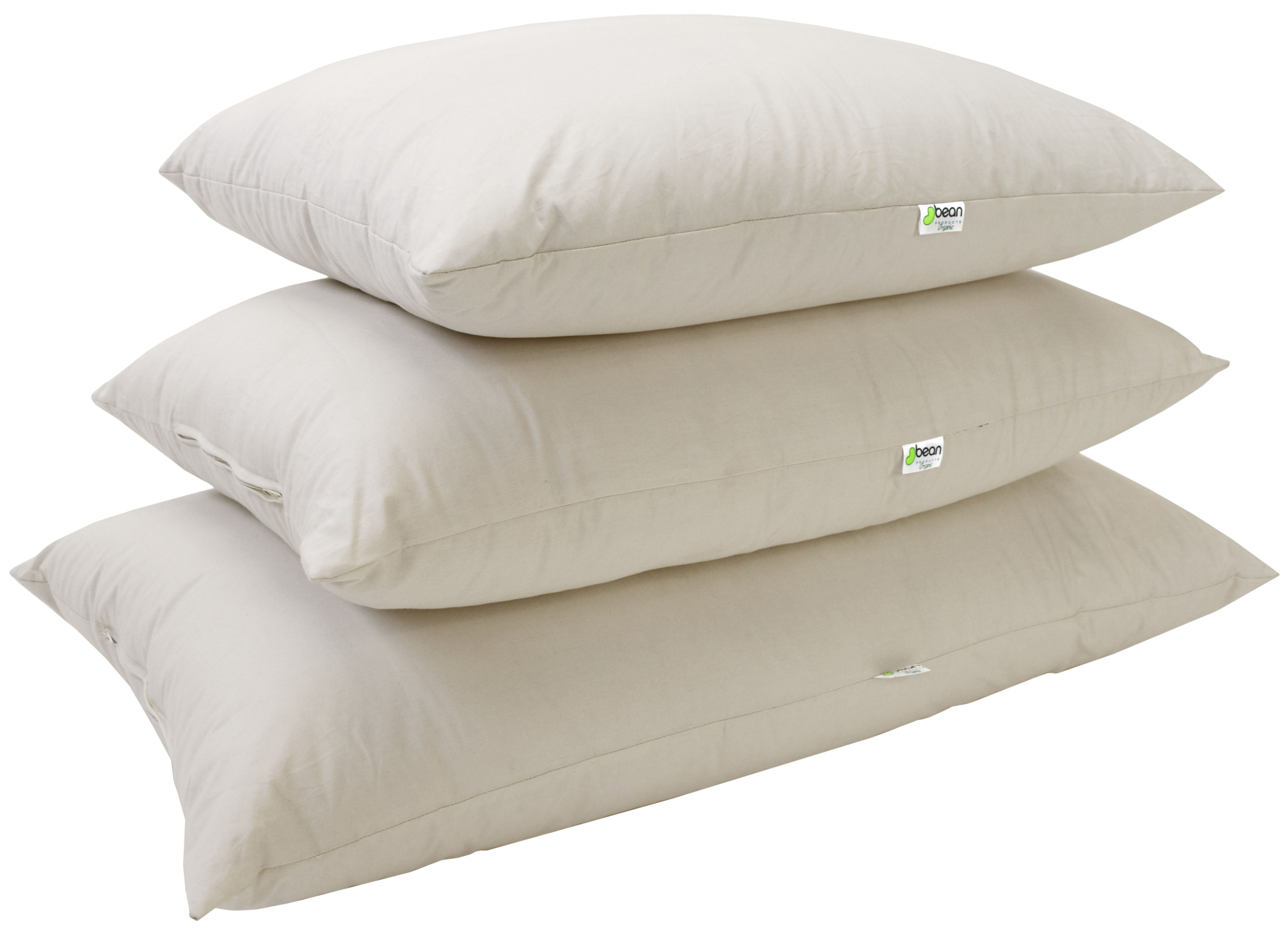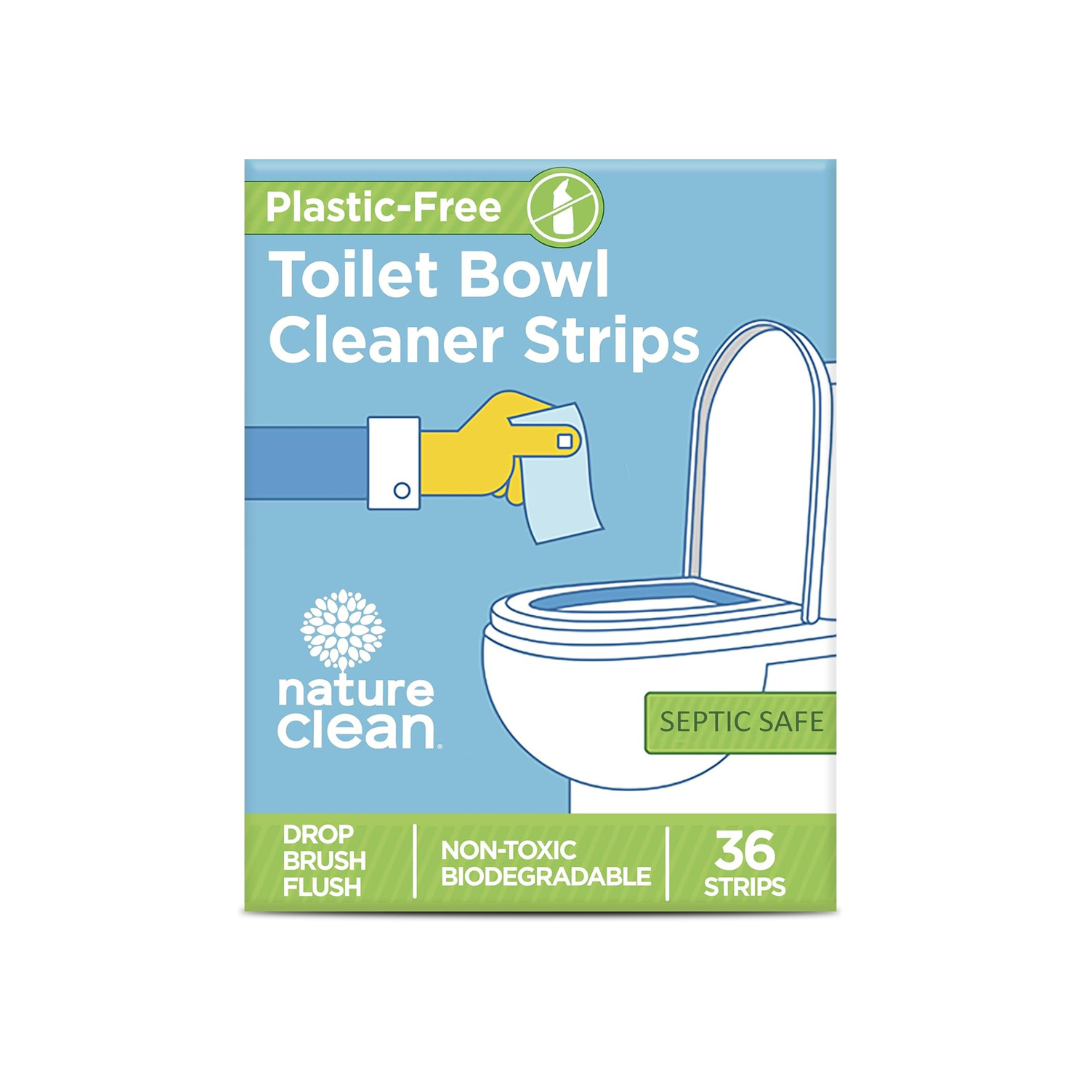In this episode of Sustainable Living Guide, we explore how technology intersects with sustainable living, offering innovative solutions that reduce environmental impact while enhancing our daily lives.
Technology has always been a pivotal force in shaping human progress. Today, it stands at the forefront of our fight against environmental degradation, offering tools that help us minimize waste, conserve natural resources, and transition to a low-carbon economy. By understanding and adopting sustainable technologies, we can significantly influence the health of our planet and secure a thriving environment for future generations.
What is Sustainable Technology?
Sustainable technology refers to the design and application of devices, systems, and services that promote resource efficiency and environmental responsibility. These technologies are developed with the goal of creating positive environmental impacts, including reducing energy consumption, minimizing waste, and lowering greenhouse gas emissions. Examples of sustainable technology include solar panels, wind turbines, energy-efficient appliances, and electric vehicles.
The essence of sustainable technology lies in its ability to provide for our current needs without compromising the ability of future generations to meet their own needs. It encompasses a wide range of disciplines, including renewable energy, green building practices, and sustainable agriculture, all aimed at reducing our ecological footprint.
The Role of Technology in Sustainable Living
The integration of technology into our daily lives has opened up incredible opportunities to enhance sustainability. Key areas include:
Energy Efficiency and Renewable Energy: Technologies like LED lighting, programmable thermostats, and high-efficiency heating and cooling systems can drastically reduce the amount of energy a household consumes. On a broader scale, technologies that harness renewable resources—such as solar panels and wind turbines—help decrease reliance on fossil fuels and promote a cleaner energy landscape.
Smart Homes and Automation: Smart home technologies not only offer convenience but also efficiency. Automated systems can control lighting, heating, and cooling based on usage patterns and environmental conditions, significantly cutting down energy use and costs.
Resource Management: Technological advancements in water and waste management, such as smart irrigation systems and composting facilities, ensure that resources are used more effectively and impactfully, reducing waste and conserving water in residential and commercial settings.
Embracing sustainable technology not only helps in reducing our environmental impact but also often leads to financial savings and improved quality of life. As we continue through this guide, we'll delve deeper into specific technologies and how they can be practically applied in our quests for sustainability.
Sustainable Technology Examples
1. Green Computing
Green computing involves the practice of designing, manufacturing, using, and disposing of computers, servers, and associated subsystems—such as monitors, printers, storage devices, and networking and communications systems—efficiently and effectively with minimal or no impact on the environment. This approach emphasizes the reduction of energy consumption and the use of environmentally friendly materials within the IT industry. Companies can adopt green computing by using energy-efficient CPUs, servers, and peripherals, as well as reducing resource consumption by encouraging virtualization and proper recycling habits.
2. Sustainable Manufacturing Technologies
Sustainable manufacturing technologies focus on developing and enhancing production processes that minimize negative environmental impacts, conserve energy and natural resources, and are safe for employees, communities, and consumers. This approach includes the utilization of renewable materials, the reduction of waste through lean manufacturing processes, and the implementation of energy-efficient technologies. By integrating these technologies, manufacturers can reduce their carbon footprint, decrease resource consumption, and promote a more sustainable production lifecycle.
3. Recycling and Waste Management Technologies
Recycling and waste management technologies encompass the modern methods and innovations used to process waste materials into new products and manage waste with minimal environmental impact. These technologies include advanced sorting systems that increase recycling efficiency, biodegradable and compostable product innovations, and energy-from-waste solutions that convert non-recyclable waste into usable energy. By improving recycling rates and reducing landfill reliance, these technologies play a crucial role in sustainable waste management and resource conservation.
4. Eco-friendly Transportation Technologies
Eco-friendly transportation technologies include advancements that reduce the environmental impact of transportation systems. This category features electric and hybrid vehicles, which emit fewer greenhouse gases and pollutants compared to traditional gasoline-powered vehicles. Additionally, developments in public transportation, such as efficient mass transit systems and high-speed trains, contribute to reducing individual car usage, thus decreasing overall carbon emissions and promoting cleaner air.
5. Water Conservation Technologies
Water conservation technologies aim to reduce water use and preserve this vital resource through innovative solutions. Examples include low-flow fixtures that decrease water usage in homes, smart irrigation systems that optimize water use in agriculture based on weather conditions and soil moisture, and water recycling systems that treat and reuse greywater for landscaping and industrial processes. These technologies not only help in conserving water but also play a crucial role in sustaining water availability for future generations.
Conclusion
In conclusion, embracing sustainable technologies is not just about adopting new gadgets; it’s about making conscious decisions that pave the way for a healthier planet. From green computing to water conservation, each technology we've discussed offers a unique opportunity to reduce our environmental footprint and promote a sustainable future. We encourage you to take the next step in your sustainability journey by exploring more eco-friendly products and valuable insights on our website.
For continuous learning and inspiration, make sure to follow our updates and dive deeper into each topic by visiting Flora Blog. Together, we can make a significant impact on our planet, one sustainable choice at a time.






































